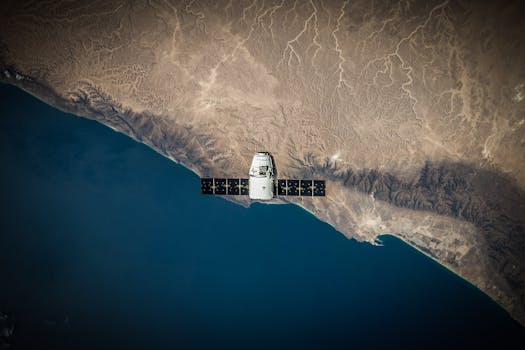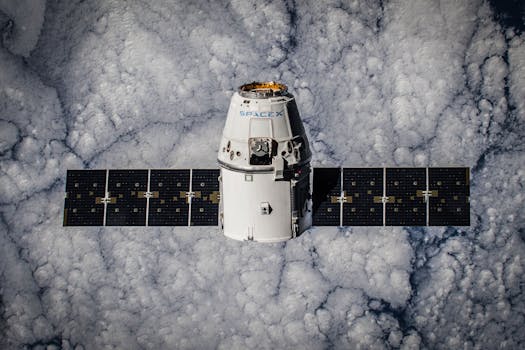
MEO Satellites: The Future of Global Communication

MEO satellites, or Medium Earth Orbit satellites, are a type of satellite that operates in an orbit between 2,000 and 36,000 kilometers above the Earth’s surface. This orbit is lower than the geostationary orbit used by traditional satellites, which allows MEO satellites to provide faster and more reliable connections. The focus keyword MEO satellites is used to describe this innovative technology, which is revolutionizing the way we communicate globally.
The use of MEO satellites has become increasingly popular in recent years due to their ability to provide high-speed and low-latency connections. This makes them ideal for applications such as satellite internet, voice over internet protocol (VoIP), and video conferencing. Additionally, MEO satellites are less prone to signal interference and have a lower risk of signal loss due to their lower orbit.
How MEO Satellites Work

MEO satellites work by transmitting and receiving signals to and from Earth-based stations. The signals are then relayed to other satellites or to ground-based stations, allowing for global communication. The satellites are equipped with transponders, which are responsible for amplifying and re-transmitting the signals. The use of MEO satellites has become a crucial part of modern communication systems, enabling global connectivity and facilitating international communication.
The development of MEO satellites has been driven by the need for faster and more reliable communication systems. Traditional satellites, which operate in geostationary orbit, have limitations in terms of speed and latency. MEO satellites, on the other hand, offer a significant improvement in terms of performance, making them an attractive option for a wide range of applications.
Advantages of MEO Satellites

MEO satellites have several advantages over traditional satellites. One of the main benefits is their ability to provide faster connections. Because they are closer to the Earth’s surface, signals travel shorter distances, resulting in lower latency and faster data transfer rates. Additionally, MEO satellites are less prone to signal interference, which can cause dropped calls or lost connections.
Another advantage of MEO satellites is their ability to provide global coverage. Because they operate in a lower orbit, they can cover a wider area than traditional satellites, making them ideal for applications such as satellite internet and voice over internet protocol (VoIP). Furthermore, MEO satellites are more resistant to signal loss due to their lower orbit, which reduces the risk of dropped calls or lost connections.
Applications of MEO Satellites

MEO satellites have a wide range of applications, including satellite internet, voice over internet protocol (VoIP), and video conferencing. They are also used for navigation, weather forecasting, and remote sensing. The use of MEO satellites has become a crucial part of modern communication systems, enabling global connectivity and facilitating international communication.
In addition to these applications, MEO satellites are also used for military communications, emergency response, and disaster recovery. They provide a reliable and secure means of communication, which is essential in emergency situations. The use of MEO satellites has also become a vital part of modern navigation systems, providing location information and timing signals.
See more:







